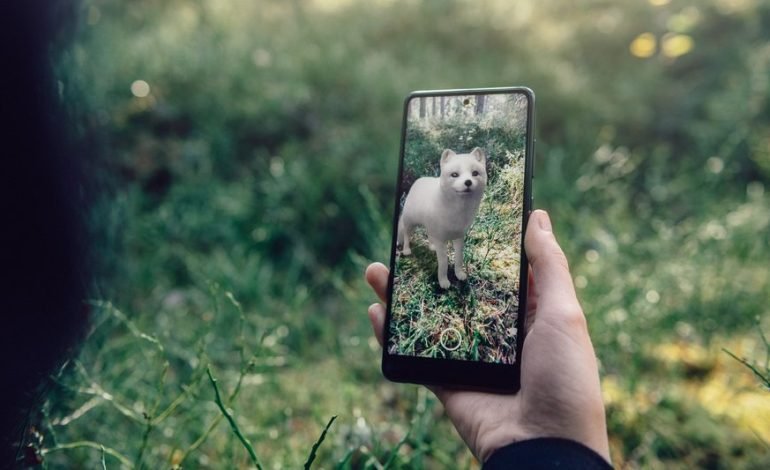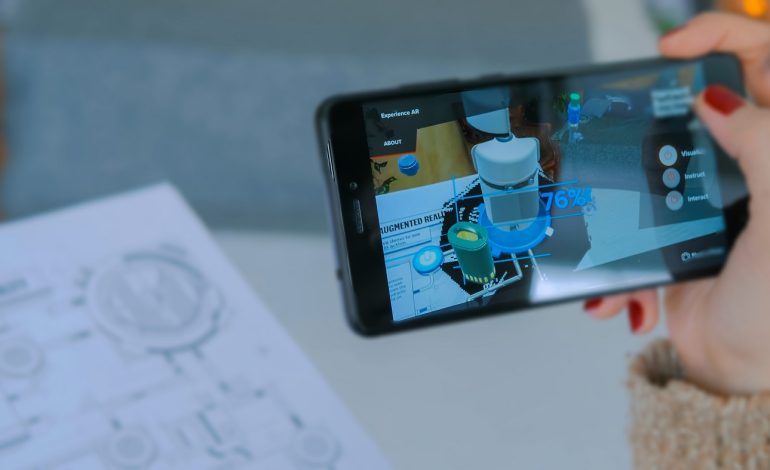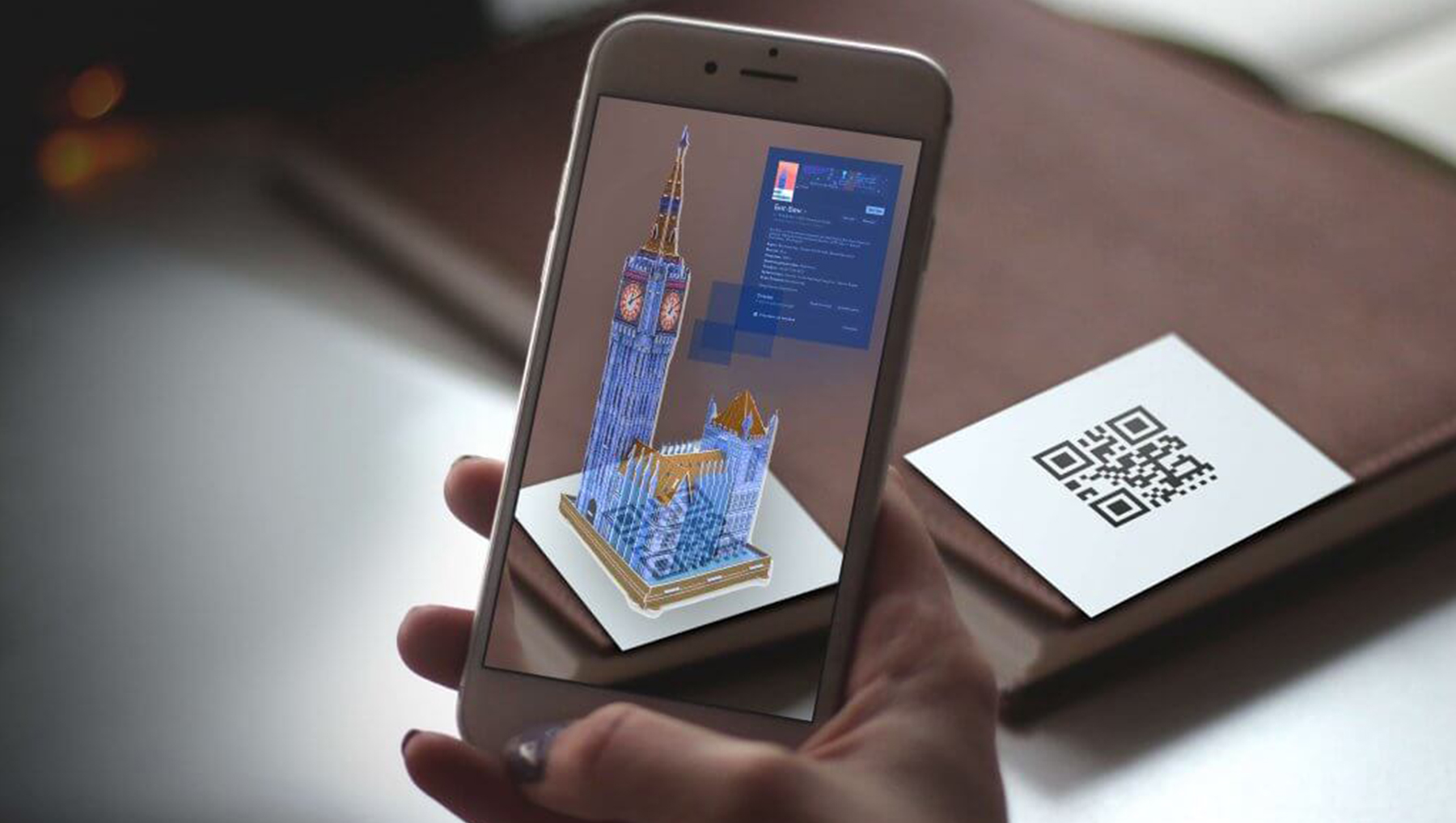How Is Augmented Reality Wildlife Protected?

Augmented reality wildlife is a relatively new technology that has the potential to revolutionize the way people observe and interact with nature. By allowing users to experience wildlife in a virtual reality setting, augmented reality has the potential to create a deeper connection between humans and the environment. However, with this newfound technology come potential risks to the wildlife itself. This blog post will explore how augmented reality wildlife is protected and preserved.
The Importance of Protecting Wildlife
Protecting wildlife is an essential part of preserving and conserving the environment. All species are vital to maintaining balance and diversity within the ecosystem, and all species play an integral role in their habitats. Without wildlife, the environment would be a drastically different place.
Unfortunately, many species of animals worldwide face endangerment or extinction due to human interference. Augmented reality wildlife conservation efforts have become increasingly important to help protect these species from further harm and provide a haven for them to thrive. Augmented reality (AR) technology offers new possibilities to monitor, study, and preserve wildlife populations, allowing us to understand better how our actions can impact them positively and negatively.
Augmented Reality as a Solution

Augmented reality wildlife (AR) can be an invaluable tool for protecting wildlife. AR technology can create interactive educational experiences and empower people to take action and protect wildlife. With the use of virtual reality, people can gain a better understanding of wildlife and the issues facing them. This can raise awareness and inspire people to act to protect wildlife.
In addition, AR technology can also be used to monitor and track wildlife movements, helping conservationists better understand the behavior of animals and how they interact with their environment. They can then use this information to identify threats, such as illegal hunting or habitat destruction, and develop appropriate solutions.
We can also use AR to create interactive educational experiences, allowing people to learn more about wildlife and gain insight into their behavior. For example, an AR application could provide detailed information about a particular species, such as its diet and migratory patterns. This type of immersive learning experience can effectively raise awareness and encourage people to take action to protect wildlife.
How AR Technology Can Help Protect Wildlife?

Augmented reality wildlife (AR) technology has the potential to revolutionize the way we interact with wildlife. AR offers an unprecedented immersive experience and access to various wildlife species by providing a digital overlay of the natural world. This technology can help people better understand their environment and provide opportunities for conservation and wildlife protection.
Can use AR to increase public awareness about the importance of protecting wildlife. With AR, people can learn about endangered species and their habitats interactively. People can explore the wilderness by overlaying virtual animals in real-world scenes and discover how their actions affect wildlife. For example, with AR, people can observe the impact of climate change on a particular species or understand how hunting or poaching affects wildlife populations.
Another way AR can help protect wildlife is by enabling researchers to monitor endangered species better. By using AR, scientists can create virtual models of wildlife habitats that allow them to identify potential threats or track changes in the population of a particular species over time. This data can then inform conservation efforts, allowing scientists to understand the environment better and make decisions to protect endangered species.
Finally, AR technology can also create virtual sanctuaries for endangered species. By creating a safe space for these animals to live, AR technology can help preserve them and prevent further habitat loss or destruction. Conservationists can promote sustainable tourism through this technology by allowing people to observe wildlife without disrupting their natural environment.
Overall, AR technology can be a powerful tool for preserving and protecting endangered wildlife. By providing more immersive experiences with nature and helping scientists and conservationists better understand their environment, this technology can be invaluable in the fight to save our planet’s precious biodiversity.
The Future of AR and Wildlife Protection

As the world continues to move further into the digital age, there is excellent potential for Augmented reality activities (AR) to become an even more powerful tool in wildlife protection. AR could be used to monitor and track endangered species, enabling us to understand their behavior better and ensure that they remain safe and protected in their natural habitats.
In addition to monitoring, we could use AR to educate people about the importance of wildlife protection. For example, we could use AR to create interactive 3D models of endangered species, allowing people to explore their unique features and better understand why they are so important.
Finally, AR could be used to raise awareness about the dangers that wildlife face. For instance, AR could be used to bring attention to the impact of climate change on wildlife populations, highlighting the need for urgent action to protect them.
In conclusion, the potential of AR to help protect wildlife is tremendous, and the technology will undoubtedly have a significant impact on the future of wildlife conservation. We can ensure that wildlife populations remain protected and thrive with suitable investments and initiatives.
Most Frequently Ask Question
1. What is augmented reality (AR), and how can it help protect wildlife?
Augmented reality (AR) is an interactive technology that combines digital elements with the physical environment. Using AR, users can overlay virtual objects onto real-world settings, such as landscapes or wildlife habitats. This technology can help monitor and protect wildlife in their natural habitat, track animal movements and behaviors, and provide data on the health of wildlife populations.
2. How is AR different from other technologies used to protect wildlife?
Unlike other technologies that rely on sensors or manual tracking systems, AR allows more accurate data collection and analysis in real-time. This can be especially beneficial when tracking wildlife in remote areas where traditional monitoring systems are not feasible. Additionally, the interactive nature of AR provides a unique opportunity for education and awareness about wildlife conservation.
3. Are there any potential risks associated with using augmented reality to protect wildlife?
As with any technology, there is always a risk that the data collected by AR could be misused or misinterpreted, which could have negative implications for the welfare of wildlife. Additionally, there is the potential for introducing invasive technologies into the environment that could negatively affect the balance of the ecosystem. It is essential to ensure that any technology used to protect wildlife is implemented responsibly and ethically.
4. What steps can be taken to ensure that AR technology is used responsibly?
To ensure that AR technology is used responsibly, stakeholders should work together to develop standards and guidelines for its implementation. This should include data collection and analysis protocols, ethical considerations, and plans for mitigating potential risks or negative impacts on wildlife. Additionally, stakeholders should prioritize public education and awareness about the use of AR technology and its possible implications for wildlife conservation.
Conclusion
Augmented reality wildlife protection is an essential step toward preserving our natural resources. AR technology can help us identify and track wildlife, monitor their movements, and protect them from threats. With AR, we can also provide educational opportunities for people to learn about the importance of wildlife conservation. By using AR technology to enhance our understanding of wildlife, we can ensure the safety and preservation of our natural world for future generations.





